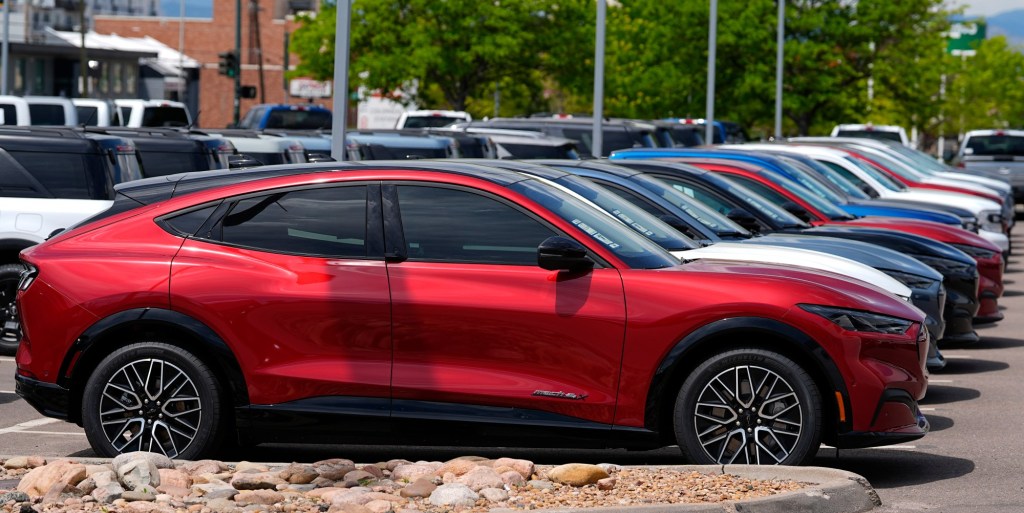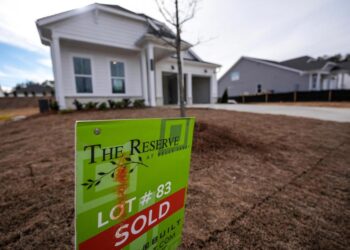By Kyle Stock | Bloomberg
As the US car market swiftly and steadily goes electric, the Volkswagen ID.4 remains near the front of an increasingly crowded field. Americans bought nearly 6,200 of them in the first three months of this year.
But if you want an ID.4 in South Dakota, you better act fast — only three in the state are unspoken for. The same is true in Arkansas and Mississippi, according to the latest data from CarGurus Inc., a listing platform that captures most US new car inventory.
The ID.4 isn’t an outlier, either. Consider the Nissan Ariya, another popular newcomer in the EV game. Nebraska and West Virginia each have a single Ariya on offer; Wyoming, meanwhile, has two.
Also see: Rivian laying off 92 employees at Orange County facilities
Much has been made about a slowdown in EV adoption in the US, where sales of electric vehicles are expected to grow 20% this year, according to the International Energy Agency, well below the 40% sales growth seen in 2023. A series of auto companies, from Ford to Mercedes to Volkswagen, have announced plans to pump the brakes on production of electric models, citing flagging consumer interest and a glut of battery-powered inventory.
Much of that inventory, though, is ending up in the same few places: along the coasts and in the nation’s busiest auto markets, leaving would-be EV buyers in other regions with precious few options. The dynamic reflects something of a chicken-and-egg situation for automakers: Their ability to push electric vehicles beyond early adopters hinges on second-wave buyers in a broader swath of states. Yet, drivers in rural states may be slower to buy electric because they aren’t seeing many available options.
More on EVs: GM ending production of Chevy Malibu, switching production to EV Bolt
“We’ll probably need to see more inventory on individual dealership lots to get this going,” says Kevin Roberts, director of industry insights at CarGurus. “Not being able to actually see the…
Read the full article here







